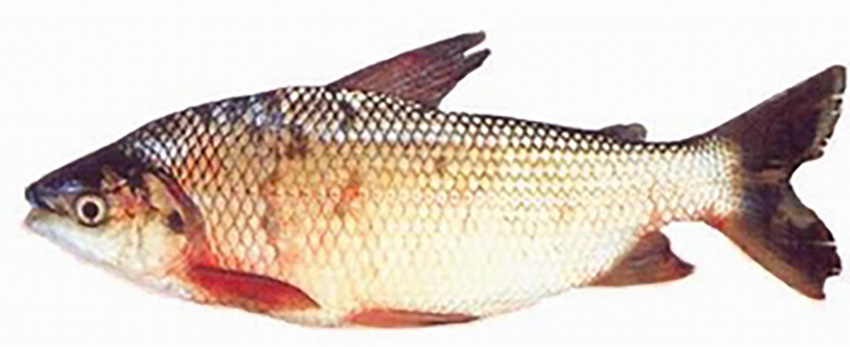new synonymies:
Prochilodus lineatus (Valenciennes, 1836)
is a senior synonym of
Prochilodus platensis Holmberg, 1888
and
Prochilodus scrofa Steindachner, 1881
remarks:
López et al. (2003) comments that Prochilodus platensis possibly may be a synonym of P. lineatus.
published in:
Castro, R.M.C. & R.P. Vari (2004):
Detritivores of the South American fish family Prochilodontidae (Teleostei: Ostariophysi: Characiformes): A phylogenetic and revisionary study.
Smithsonian Contributions to Zoology 622: 1-189
abstract (from publication):
The investigation of the inter- and intrafamilial relationships of the Prochilodontidae was investigated based on information from osteological and soft anatomical systems. Synapomorphies uncovered during this study provide additional evidence that (1) the clade formed by the Prochilodontidae plus Curimatidae is the sister group to the clade that consists of the Anostomidae plus Chilodontidae, (2) supports the hypothesis of the monophyly of the Prochilodontidae, Ichthyoelephas Posada Arango (1909), Prochilodus Agassiz (in Spix and Agassiz, 1829), and Semaprochilodus Fowler (1941), (3) demonstrates that Prochilodus is the sister group to the clade formed by Ichthyoelephas plus Semaprochilodus, and (4) partially resolves interspecific relationships. Recognized genera of the Prochilodontidae are Ichthyoelephas, Prochilodus, and Semaprochilodus. Pacu Agassiz (in Spix and Agassiz, 1829) and Chilomyzon Fowler (1906) are synonyms of Prochilodus. Ichthyoelephas includes two species: I. humeralis (Giinther, 1859); and I. longirostris (Steindachner, 1879). Ichthyoelephas patalo Posada Arango (1909) and I. longirostris neglectus Dahl (1971) are synonyms of I. longirostris. Prochilodus consists of thirteen species: P. argenteus Agassiz (in Spix and Agassiz, 1829); P. brevis Steindachner (1874); P. britskii Castro (1993); P. costatus Valenciennes (in Cuvier and Valenciennes, 1850); P. hartii Steindachner (1874); P. lacustris Steindachner (1907); P. lineatus (Valenciennes, 1836); P. magdalenae Steindachner (1879); P. mariae Eigenmann (1922); P. nigricans Agassiz (in Spix and Agassiz, 1829); P. reticulatus Valenciennes (1850); P. rubrotaeniatus Jardine (1841); and P. yimboides Kner (1859). Semaprochilodus contains six species: S. brama (Valenciennes, in Cuvier and Valenciennes, 1850); S. insignis (Jardine, 1841); S. kneri (Pellegrin, 1909); S. laticeps (Steindachner, 1879); S. taeniurus (Valenciennes, in Humboldt and Bonpland, 1817); and S. varii Castro (1988). Semaprochilodus squamilentus Fowler (1941) is a synonym of S. brama. Prochilodus theraponura Fowler (1906) and P. amazonensis Fowler (1906) are synonyms of Semaprochilodus insignis.
Keys are provided to the genera and species of prochilodontids. Neotypes are designated for Prochilodus argenteus and P. nigricans. Lectotypes are designated for Prochilodus affinis, P. asper, P. brevis, P. cearensis, P. hartii, P. humeralis, P. kneri, P. lacustris, P. longirostris, P. asper var. magdalenae, P. oligolepis, P. reticulatus, P. scrofa, and P. vimboides. The phylogenetic biogeography of the Prochilodontidae indicates that the family dates back minimally to approximately 12 million years ago, with higher level intrafamilial cladogenic events also dating to at least that time period; these dates are congruent with data from the fossil record for more encompassing groups within the Characiformes. Major shifts of overall bauplan characterize the Prochilodontidae and the major clades within the family, but there is relatively little interspecific diversity. The Prochilodus bauplan has apparently been static for at least 12 million years.

